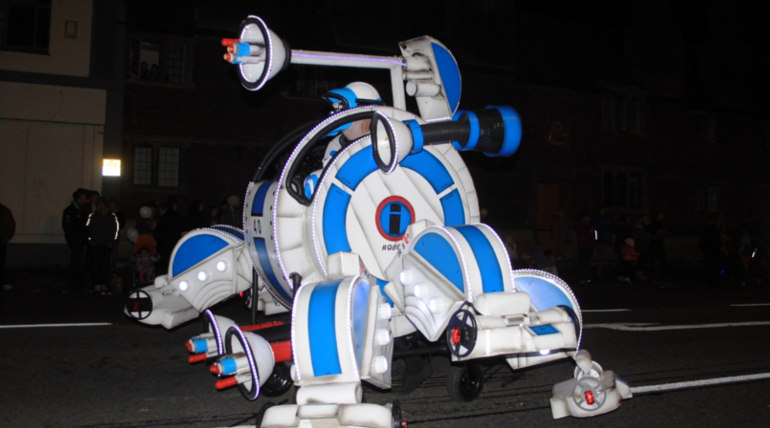Hyper-dimensional Computing Theory can Contribute to the Memory of Robots
Nisha Gowri (Author) Published Date : May 18, 2019 17:45 ISTTechnology News
This new theory is likely to enhance the way in which the robots remember information. It actually will change the way the Artificial Intelligence works. Further, it will help to integrate robotic perceptions with motor capabilities to improve the way that AI functions. The University of Maryland writes "The Houston Astros" Jose Altuve steps up to the plate on a 3-2 count, studies the pitcher and the situation, gets the go-ahead from third base, tracks the ball's release, swings… and gets a single up the middle.
Just another trip to the plate for the three-time American League batting champion. Could a robot get a hit in the same situation? Not likely. It has perfected natural reflexes with years of experience, knowledge of the pitcher tendencies and an understanding of the trajectories of various pitches. Whatever he sees and feels combines with his brain and muscle memory to time. The robot also uses a linkage system that coordinates data from its sensors with its motor capabilities.
The sequence of its working:
According to this hyperdimensional computing theory, the operating system of a robot would be based on hyperdimensional binary vectors and these represent disparate, discrete things. The example given by the University of Maryland is a single image, a concept a sound or an instruction; sequence made up of discrete things and the groupings of the same.This would turn the sequence of instants into new hyperdimensional binary vectors (HBVs) and the groups will have the HBV together. And all these will be in the same vector length. In this way, semantically important memories are sequenced. After the information is encoded signals become vectors that translates into memory and the learning through clustering.




